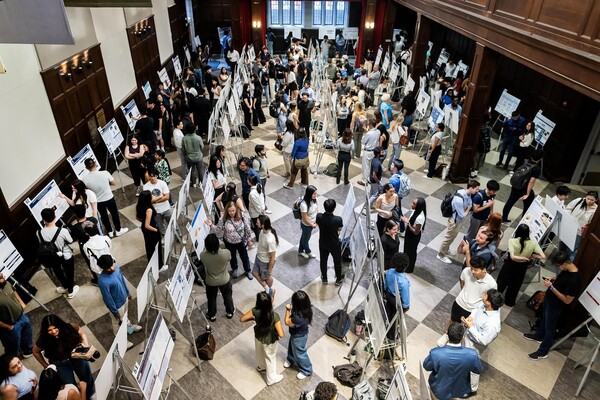
Image: Mininyx Doodle via Getty Images
Alzheimer’s disease and related diseases can still only be confirmed in deceased patients’ brains via autopsy. Even so, the development of biomarkers can give patients and their families answers during life: Alzheimer’s disease can be accurately detected via peptides and proteins in a patient’s cerebrospinal fluids (CSF), which can be collected through a lumbar puncture and tested while the patient is alive.
In 2018, a new framework suggested combining three Alzheimer’s disease biomarkers in CSF—pathologic amyloid plaques (A), tangles (T), and neurodegeneration (N), collectively called ATN. According to recent research published in Alzheimer’s and Dementia: The Journal of the Alzheimer’s Association, from the Perelman School of Medicine, the ATN framework can be extended to detect another neurodegenerative condition: frontotemporal degeneration.
Patients with frontotemporal degeneration can experience a range of symptoms, including behavioral changes, executive dysfunction, and language impairments. Distinguishing frontotemporal degeneration from Alzheimer’s disease can be a challenge for clinicians: the symptoms of frontotemporal degeneration can sometimes overlap with Alzheimer’s disease, and a subset of patients can even have both pathologies. Biomarkers can fill the gap by providing evidence of whether Alzheimer’s pathology underlies a patient’s symptoms.
“CSF biomarkers work similarly to a pregnancy test, offering a simple positive or negative result when enough of a substance is detected. But like a pregnancy test, biomarkers for Alzheimer’s disease can provide false negatives or positives,” says lead investigator Katheryn A.Q. Cousins, a research associate in the Frontotemporal Degeneration Center in the Department of Neurology at Penn Medicine. “Alzheimer’s is a diverse disease, and it is common for other conditions to also be present in the brain. The ATN framework may provide a more complete look at a person’s diagnosis and give us a much richer understanding of not only Alzheimer’s disease, but other co-occurring neurodegenerative conditions. However, to accomplish this, additional biomarkers that can detect other neurodegenerative conditions are critically needed.”
This story is by Kelsey Odorczyk. Read more at Penn Medicine News.

Image: Mininyx Doodle via Getty Images

nocred

Image: Pencho Chukov via Getty Images

Charles Kane, Christopher H. Browne Distinguished Professor of Physics at Penn’s School of Arts & Sciences.
(Image: Brooke Sietinsons)